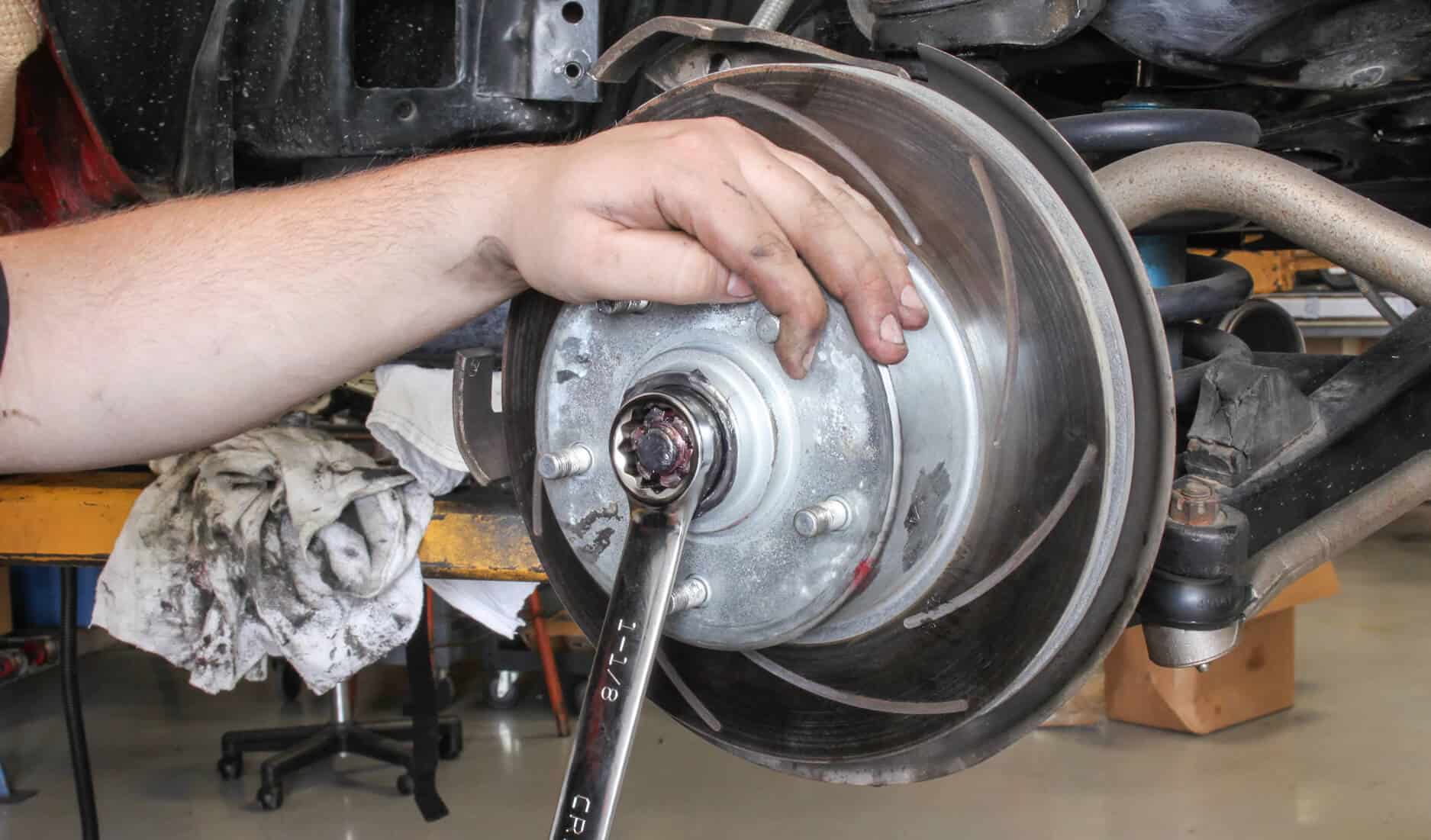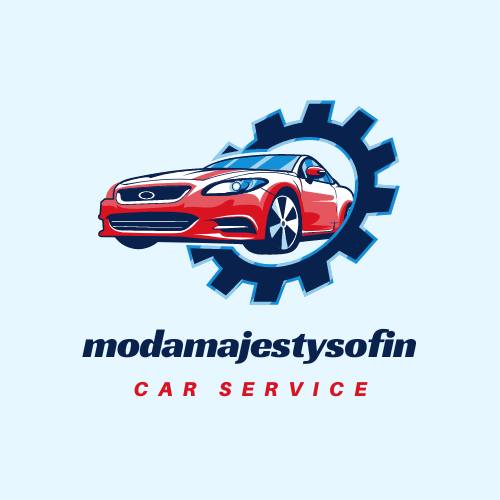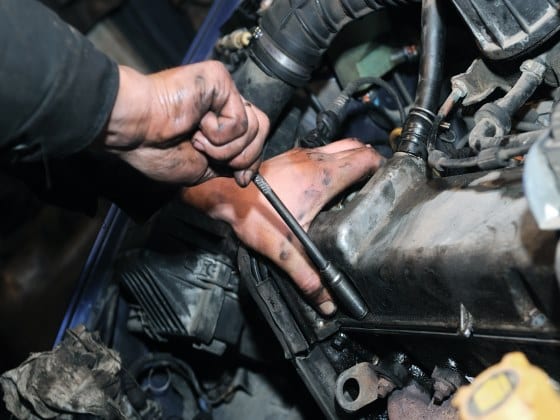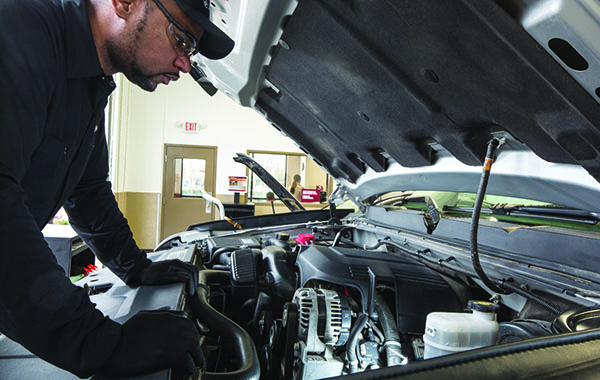Introduction
- Introduce the importance of wheel bearings in ensuring smooth and quiet vehicle operation.
- Highlight the benefits of regular maintenance to prevent bearing wear and maintain optimal performance.

1. Understanding Wheel Bearings
- Function: Explain how wheel bearings support the vehicle’s weight and allow wheels to rotate smoothly.
- Types: Overview of different types of wheel bearings, including traditional tapered roller bearings and newer hub assemblies with integrated bearings.
2. Signs of Wheel Bearing Issues
- Symptoms: Identify common signs such as humming, growling, or grinding noises coming from the wheels, especially during turns or at varying speeds.
- Vehicle Handling: Recognize abnormal steering wheel vibration or uneven tire wear that may indicate worn wheel bearings.
3. Visual Inspection
- Jacking the Vehicle: Safely lift the vehicle using a jack and securely support it with jack stands.
- Wheel Movement: Check for excessive play or movement in the wheels by grasping and attempting to wiggle them.
- Listening for Noise: Spin each wheel while lifted to listen for any abnormal noises that could indicate bearing wear or damage.
4. DIY Wheel Bearing Maintenance
- Cleaning and Greasing: Steps for cleaning and regreasing wheel bearings during routine maintenance, ensuring smooth operation and longevity.
- Bearing Replacement: Guidelines for replacing worn or damaged wheel bearings using appropriate tools and following manufacturer specifications.
- Sealing and Protection: Importance of sealing bearings properly to prevent contamination and maintain lubrication integrity.
5. Professional Wheel Bearing Service
- When to Seek Professional Help: Reasons to consult a certified mechanic or technician for wheel bearing diagnostics and repairs, especially for complex hub assemblies.
- Comprehensive Inspection: Importance of professional inspection for bearing preload, hub assembly alignment, and axle shaft condition.
6. Preventive Maintenance Tips
- Regular Inspections: Establishing a schedule for visual inspections of wheel bearings during tire rotations or brake services.
- Bearing Adjustment: Monitoring and adjusting bearing preload to ensure proper tension and reduce wear over time.
- Environmental Considerations: Protecting wheel bearings from water, dirt, and road debris to prolong their lifespan and maintain performance.
7. Driving Practices for Bearing Longevity
- Smooth Driving: Avoiding sudden stops, aggressive driving maneuvers, and driving over rough terrain to minimize stress on wheel bearings.
- Load Considerations: Adhering to vehicle load limits to prevent excessive weight that can accelerate bearing wear.
- Tire Maintenance: Maintaining proper tire pressure and alignment to reduce strain on wheel bearings and improve overall vehicle handling.
Conclusion
- Recap the importance of wheel bearing maintenance in achieving a smooth, quiet ride and ensuring vehicle safety.
- Encourage vehicle owners to prioritize regular inspections and maintenance to detect and address wheel bearing issues promptly.
- Stress the role of proactive maintenance in prolonging bearing lifespan, enhancing driving comfort, and reducing the risk of costly repairs.
By following these maintenance tips and best practices, vehicle owners can effectively manage their wheel bearings, ensuring a smooth and quiet driving experience while maintaining optimal vehicle performance and safety.



